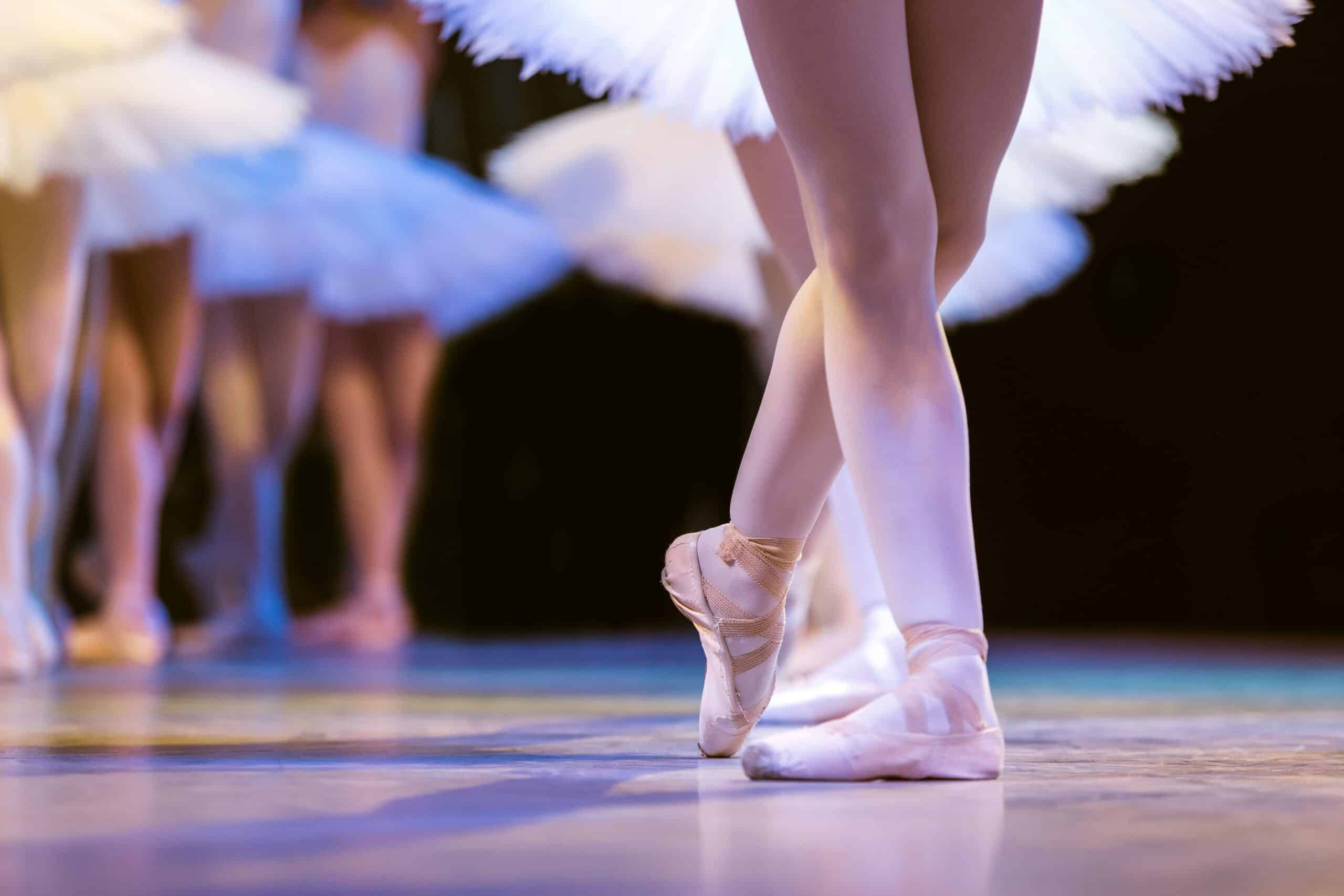
Las Faldas de Flamenco: Elegance, Passion and Tradition
Flamenco is one of the most iconic artistic expressions in the world.

Ballet shoes, those delicate and elegant accessories that adorn the feet of ballerinas, are an essential part of the classical dance world. These split-soled, specially designed shoes allow dancers to achieve the technical and expressive perfection that characterises ballet.
Ballet shoes have a fascinating history dating back to the 19th century. Before their invention, ballerinas wore full-soled shoes that limited their movements and made it difficult to perform pirouettes and jumps.
Marie Taglioni, a famous 19th century Italian ballerina, was one of the first to use pointe shoes. These shoes allowed dancers to rise on the tips of their toes, giving the illusion of lightness and floating on stage.
Over time, ballet shoes have evolved to suit the needs and preferences of modern dancers. Today, there are several styles and materials available, each designed to meet different requirements and comforts.
Ballet shoes are characterised by their simple and elegant design. They are made with a split sole that allows the dancers to support themselves on the toes and the front, facilitating movements of high technical dexterity.
The upper part of the shoe, known as the "vamp," can vary in height and stiffness, depending on the dancer's preferences and the type of work she will be performing on stage. In addition, the "width" of the shoe is also an important aspect, as it must fit each dancer's foot perfectly to provide comfort and support during performances.
To ensure a proper fit and guarantee durability, ballet shoes are sewn by hand, and some dancers even customise their shoes to meet their specific needs.
Ballet shoes are not only a technical tool, but also an extension of the dancers' artistic expression. Every movement, every turn and every leap conveys emotions and tells stories on stage.
The beauty of ballet lies in combining technique with grace and emotion. The shoes allow the dancers to achieve the ultimate expression of their art, lifting them on pointe to glide effortlessly, floating gracefully and creating a unique connection with the audience.
Ballet shoes are more than just shoes, they are the very soul of classical ballet. Through their historical evolution and specialised design, these shoes have enabled dancers to achieve astonishing levels of perfection and beauty in their performances.
Ballet is a dance that requires discipline, dedication and passion, and the shoes are the tool that transforms each step into a visual poem that captivates and moves the audience. Undoubtedly, these little works of art remain a symbol of grace and excellence in the world of dance.

Flamenco is one of the most iconic artistic expressions in the world.